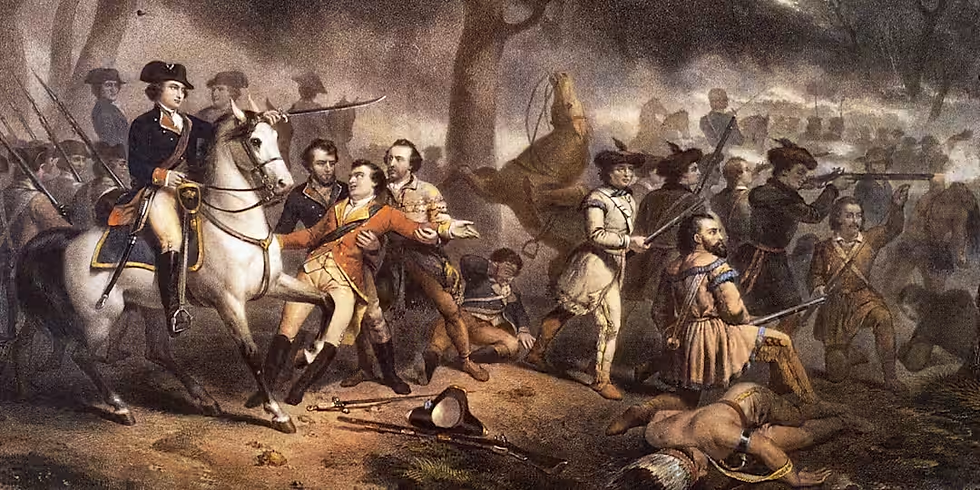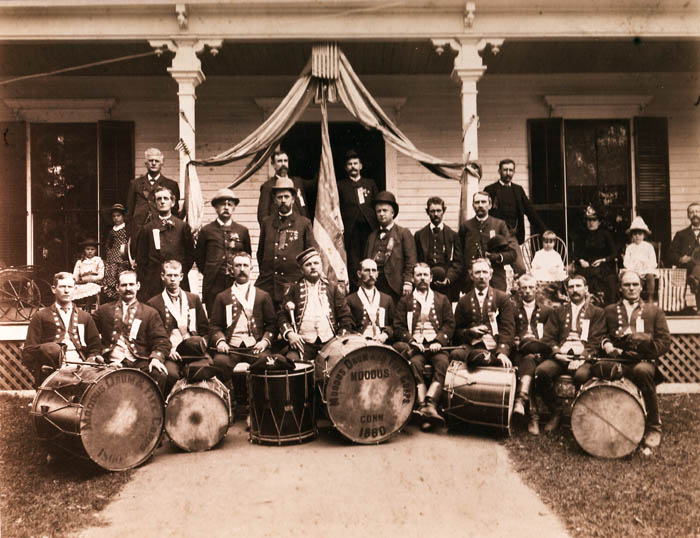The Apparition at Glendale Cemetery
- David Bourcier
- Nov 16
- 3 min read
In November of 2012, an experienced tree arborist was tending to his work in Glendale Cemetery when something happened that he could never fully explain. As he fed branches into the chipper, a man appeared in his peripheral vision, an older gentleman, moving quietly along one of the paths. His clothing struck the arborist immediately: it looked out of another century, the rough shape and color of Civil War–era attire.
Startled, the arborist shut down the wood chipper so he could speak to the man, thinking perhaps he needed help. But when he turned, the figure was gone. Not walking away. Not rounding a corner. Simply gone.
The arborist stood there stunned. He knew the layout of the grounds well, with high fencing, long distances to the road, and no easy escape without being seen. The stranger could not have run, climbed, or vanished into the woods in the few seconds it took to quiet the machine. Shaken and unsure what to make of the encounter, he said nothing for several days.
When he finally confided in my father, Cemetery Commissioner Donald Bourcier, the memory of the figure still unsettled him. He described exactly where the apparition had stood, and it was beside an old Civil War gravestone.
Research soon revealed the grave belonged to Private Martin O. Makley (1832–1897), Company B, 27th Massachusetts Volunteer Infantry. Born in Hinsdale and living in Shutesbury before the war, Makley was part of a regiment recruited across western Massachusetts in 1861. Company B came largely out of Athol, while the rest of the regiment drew recruits from towns such as Northampton, Amherst, Great Barrington, Westfield, Chicopee, Adams, Ludlow, Wilbraham, and Springfield.
Makley enlisted later, on December 18, 1863, at the age of twenty-nine. His wartime fate turned on March 8, 1865, during the Battle of Southwest Creek, also known as Kinston or Wyse Fork, when Union troops advancing from Wilmington and New Bern met Confederate forces under Major-General Robert F. Hoke and Brigadier-General Johnson Hagood, operating under Braxton Bragg. Hoke’s assault broke through Carter’s left flank, overwhelming the 15th Connecticut and capturing most of the 27th Massachusetts, including Makley. Though the Union line was ultimately restored, the Confederates claimed more than a thousand prisoners.
Makley was exchanged on March 27, 1865, and mustered out that June.
Long before the war, he had married Alvira Mansfield Squire on November 21, 1857, in Pelham. At some point during his service, she apparently believed him dead; records show she remarried several times, likely without his knowledge.
After the war, evidence suggests Makley settled along Glendale Road, then part of Wilbraham, now Hampden. He appears to have lived a quiet life, probably working as a farm laborer. He died on September 28, 1897, of a cerebral hemorrhage after a brief illness. His attending physician was Dr. Arthur L. Damon, and his death was recorded in Wilbraham. He now rests in Glendale Cemetery.
The arborist’s encounter in 2012 led to a formal investigation by Candlelight Paranormal, which reported unusual activity at the cemetery. During one recording session, a faint whisper was captured: “Where is my wife?”
On Memorial Day in 2013, during the rededication of Makley’s newly issued government marker, which replaced the original stone that had deteriorated to the point of being nearly unreadable, a recording device was set up once again. As the ceremony concluded, the device captured another faint whisper, a soft and unmistakable: “Thank you.”
Whether one believes in spirits or not, Glendale Cemetery holds its share of mysteries. And for those who walk its pathways at dusk, near the resting place of Private Martin O. Makley, there may still be moments when the past feels very close, perhaps close enough to see.





Comments